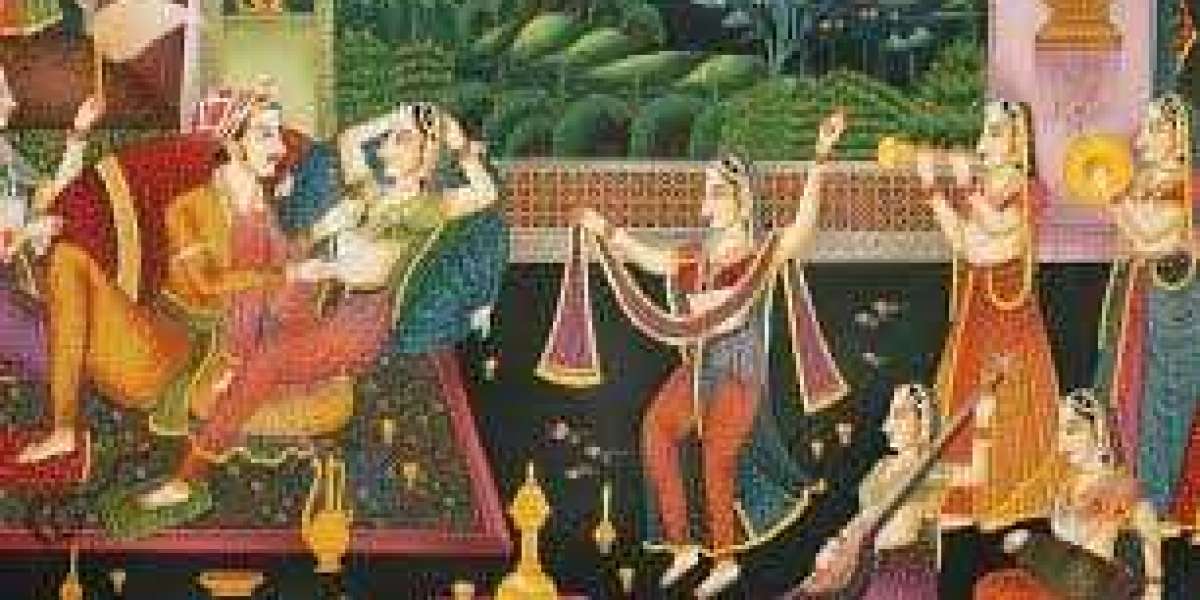Early medieval period is characterized by political disintegration and cultural decline. RS Sharma in his essay, “How Feudal was Indian Feudalism?” remarked that ‘feudalism appears in a predominantly agrarian economy, which is marked by a class of landlords and a class of servile peasantry. In this system, the landlords extract surplus by social, religious and political means, which are called extra economic methods. The lord-peasant relationship is at the heart of the matter and the exploitation of the estate by its owner or beneficiary is its key element.’
The early medieval state and society in Northern India has been explained in the context of Indian Feudalism by historians like DD Kosambi, RS Sharma, DN Jha, BNS Yadav and various others. The period from 750-1200 in Indian history has been termed as a period of ‘Indian Feudalism’ by these historians. The multiplicity of regional powers and absence of a unitary paramount power have obliged historians to suggest a shift in the nature of polity during this period. They believed that a number of changes took place in Indian society.
According to Irfan Habib, the period between the collapse of the last great Northern Indian empire of the 1st millennium, that of Harshvardhan and the beginning of the regime of the Sultans of Delhi, is often designated as either ‘late ancient’ or ‘early medieval’. Kosambi was the first to provide a conceptual definition of Indian Feudalism when he talked about what he described as ‘feudalism from above’ and ‘feudalism from below’.
The most theoretical construct towards a better understanding of the Early Medieval period was developed by RS Sharma. He calls this type of agrarian setup as feudal based on the pan-Indian character of land grants. He talks about variou issues-
- Administrative structure based on the control and possession of land
- Fragmentation of political authority
- Hierarchy of landed intermediaries
- Dependence of peasants on landlords
- Oppression and immobility of peasants
- Restricted use of metal money.
According to him, there was a decline in trade and urbanism, paucity of coins and increasing number of land grants to the state officials in lieu of salary and to the Brahmans as charity or ritual offering in the post-Gupta period. The Agrarian economy became dominant due to the process of land grants that started from the Satavahanas period but strengthened in the Gupta period. They created a situation where this system of land grants was proving efficient- as tribals, nomads etc were forced into agrarian labour and land was put into use.
Sharma describes the period, in political terms, as one which stood witness to a continuous process of fragmentation and decentralisation, caused by widespread practice of granting land holdings to feudatories and officials who established their control over these territories and emerged as independent potentates. The most crucial aspects of Indian feudalism were the increasing dependence of the peasantry on the intermediaries who received grants of land from the state and enjoyed juridical rights over them. This development restricted the peasants’ mobility and made them subject to increasingly intensive forced labour. Forests, pastures and ponds are now restricted and permission of donee is required. Donee in return asks for some part of whatever the person acquired. On the same piece of land many authorities have different levels of rights.
To sum up, the indian economy back then had some features that were actually similar to feudalism in Europe. But it would be inappropriate to designate this setup as ‘pure feudalism’.







